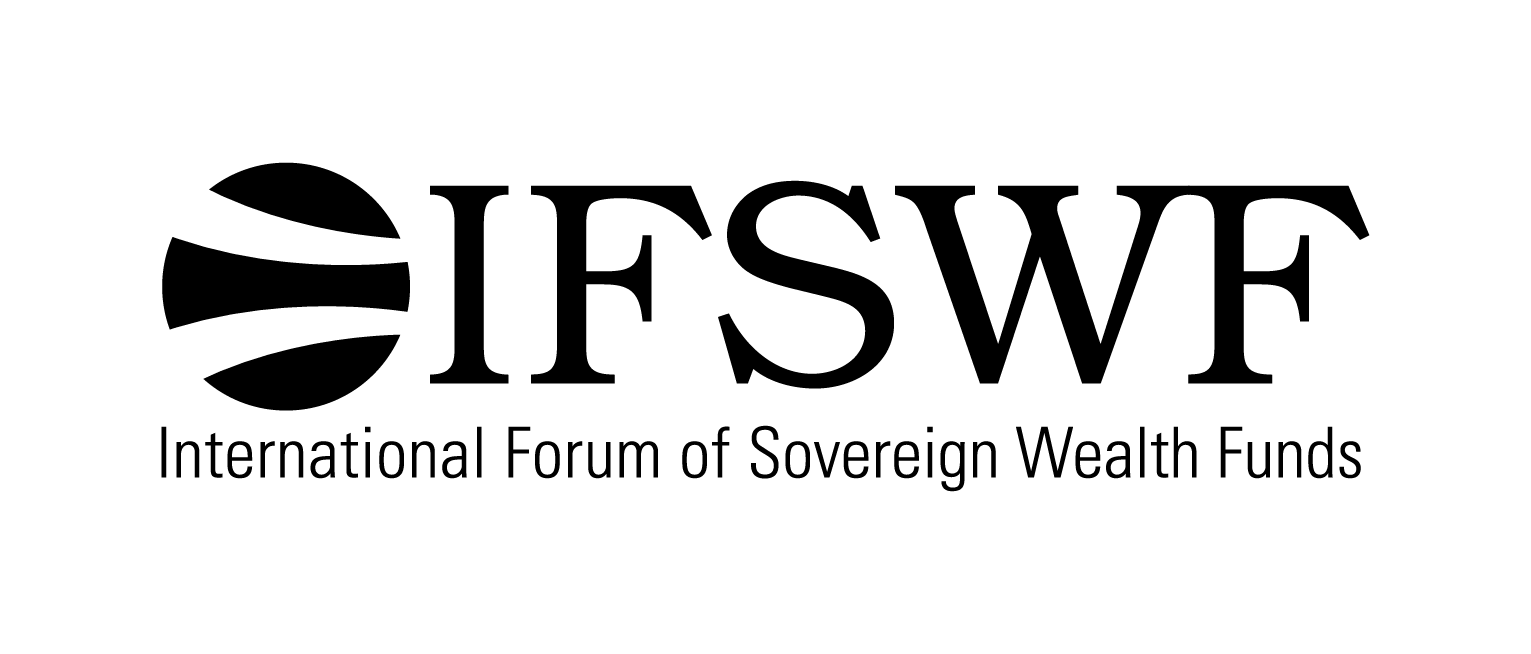Stabilisation funds are designed as pools of capital which governments can draw on to smooth the budget. Often, commodity-rich nations create these funds to manage revenue streams; the fund will save some of the proceeds from large influxes of revenue and pay out when commodity receipts fall below a specified amount.
Stabilisation funds can thus help mitigate the resource curse, an economic phenomenon whereby commodity-rich countries tend to experience slower growth than comparable countries that lack such wealth. The resource curse occurs partly because energy prices are volatile. When prices are high, governments usually increase spending; when they are low, governments must tighten their belts. These fluctuations exacerbate the economic cycle.
By helping to smooth out commodity revenues, stabilisation funds can help governments avoid extreme peaks and troughs in the cycle. These funds are also used to help stabilise the value of the country’s currency during macroeconomic shocks. For this reason, stabilisation funds tend to hold a large proportion of their assets in liquid investments so that they have access to capital at short notice.
Case study: Economic and Social Stabilisation Fund of Chile (ESSF)
The Chilean government established ESSF in 2007. ESSF superseded an older fund called the Copper Stabilisation Fund, which the government had used to save a portion of its revenues from copper exports. The ESSF inherited much of its $2.6 billion in start-up capital from this older vehicle.
The timing was propitious. Only a year after the fund was created, the financial crisis hit, reducing demand for commodities. By drawing on the fund’s capital, the government could support the Chilean economy without issuing more debt. This is one reason Chile fared better than its Latin American peers during the crash (Chile’s GDP growth declined by 1% in 2008; by contrast, Mexico’s fell by 4.7%).
ESSF works in tandem with another SWF, the Pension Reserve Fund, in Chile’s fiscal setup. According to Chile’s Fiscal Responsibility Law, ESSF receives an amount equal to the government’s annual surplus once contributions to the Pension Reserve Fund and the Central Bank of Chile have been deducted. As of end-March 2018, the fund held $14.9 billion in assets.
As a stabilisation fund, ESSF needs to keep the bulk of its portfolio in liquid securities that can be accessed at short notice. As of 31 March 2018, ESSF held 33.4% of its portfolio in money-market assets; 55.2% in sovereign bonds; 8% in developed-market equities; and the rest in inflation-linked bonds.


